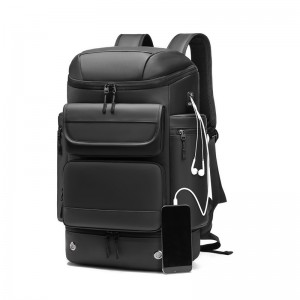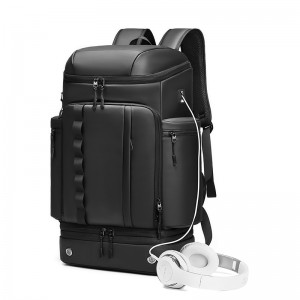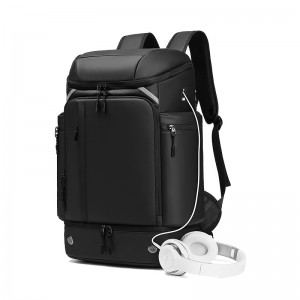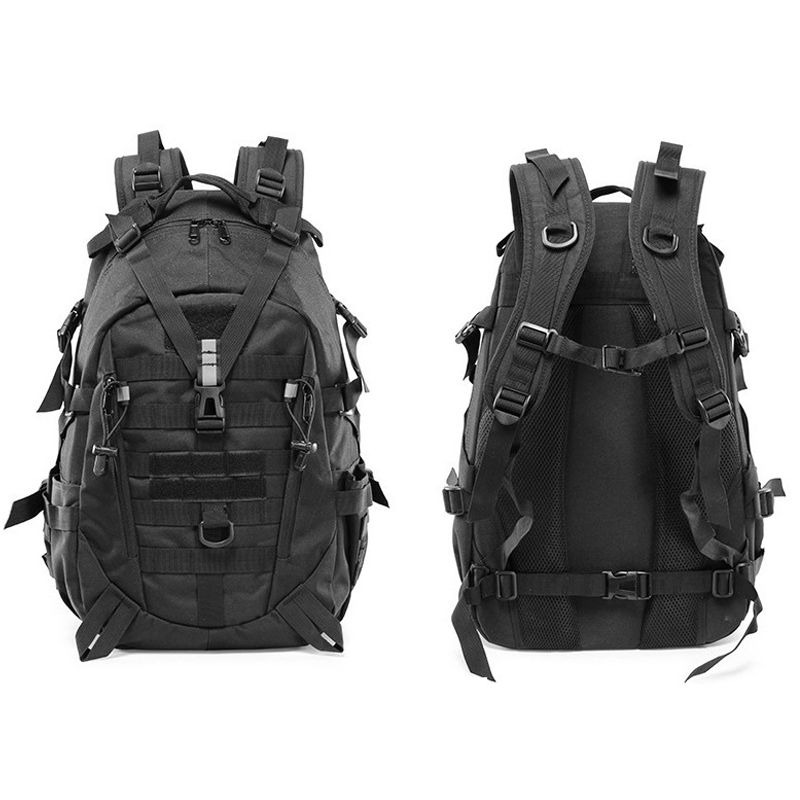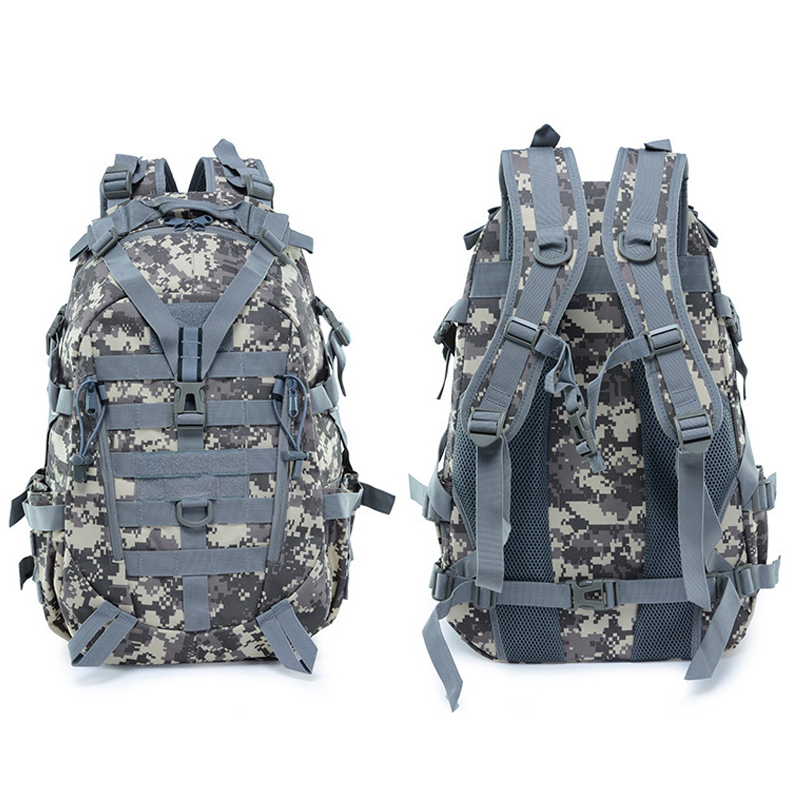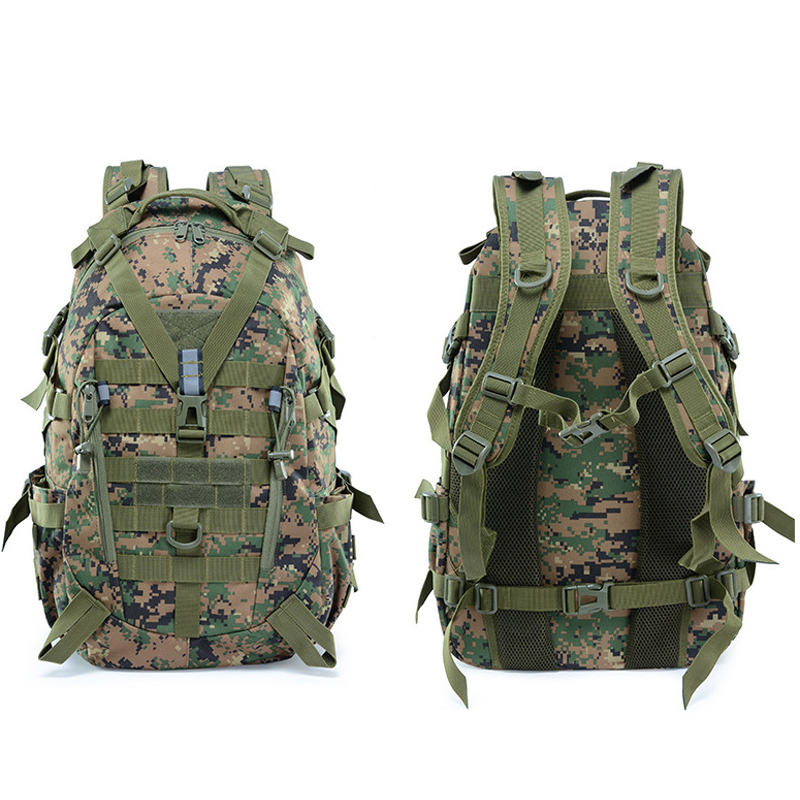As is well known, the first thing for outdoor hiking beginners is to buy equipment, and a comfortable hiking experience is inseparable from a good and practical hiking backpack.
With a wide range of hiking backpack brands available on the market, it's no wonder that it can be overwhelming for many. Today, I will provide detailed guidance on how to choose the right hiking backpack and how to avoid the pitfalls associated with them.
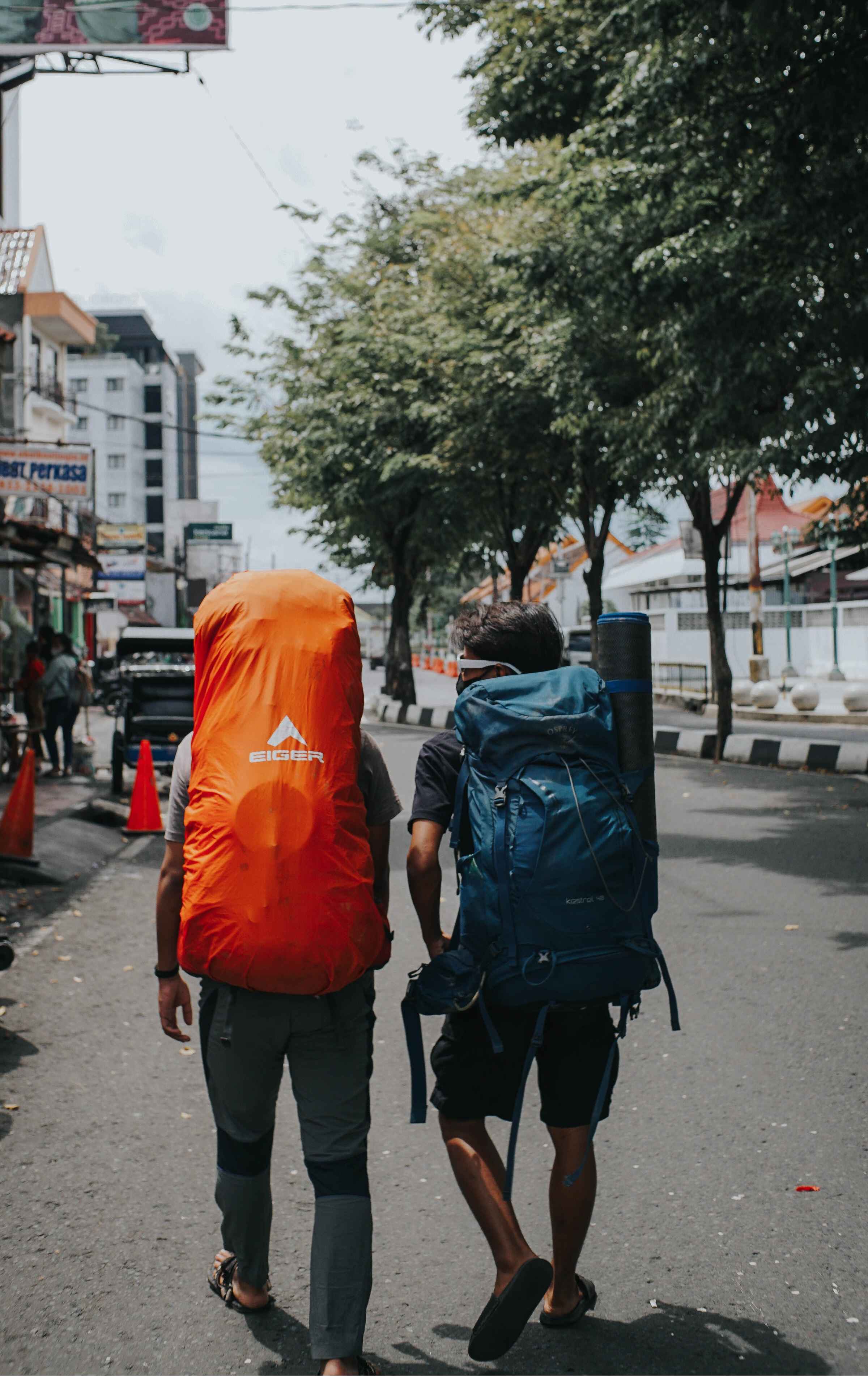
The Purpose of a Hiking Backpack
A hiking backpack is a backpack consisting of a carrying system, loading system, and mounting system. It allows for the loading of various supplies and equipment within its weight-carrying capacity, such as tents, sleeping bags, food, and more. With a well-equipped hiking backpack, hikers can enjoy a relatively comfortable experience during multi-day hikes.
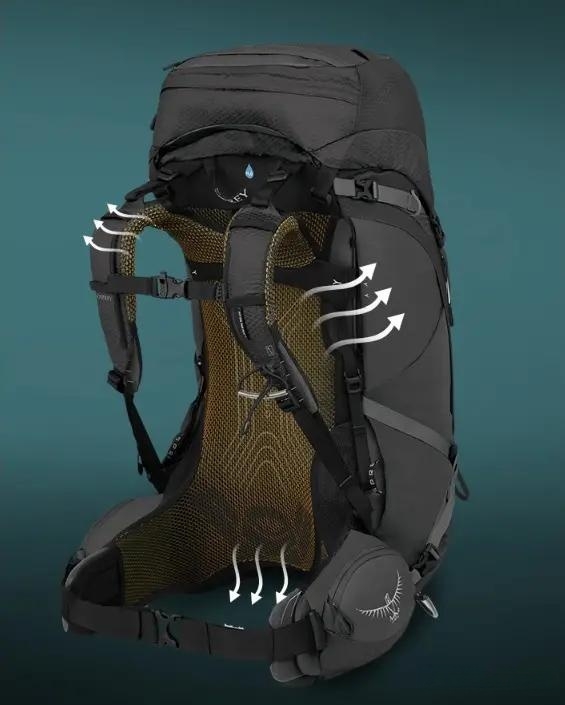
The Core of a Hiking Backpack: Carrying System
A good hiking backpack, combined with the correct wearing method, can effectively distribute the weight of the backpack to the area below the waist, thus reducing shoulder pressure and the burden on our back. This is attributed to the backpack's carrying system.
1. Shoulder Straps
One of the three major components of the carrying system. High-capacity hiking backpacks usually have reinforced and widened shoulder straps to provide better support during long hikes. However, there are now brands that focus on lightweight backpacks and have implemented lighter materials for the shoulder straps. A reminder here is that before purchasing a lightweight hiking backpack, it's advisable to first lighten your gear load before placing an order.

2. Hip Belt
One of the three major components of the carrying system. High-capacity hiking backpacks usually have reinforced and widened shoulder straps to provide better support during long hikes. However, there are now brands that focus on lightweight backpacks and have implemented lighter materials for the shoulder straps. A reminder here is that before purchasing a lightweight hiking backpack, it's advisable to first lighten your gear load before placing an order.
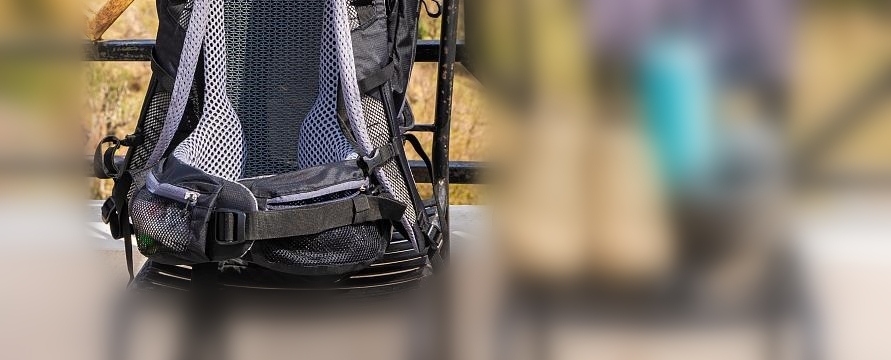
3. Back Panel
The back panel of a hiking backpack is usually made of aluminum alloy or carbon fiber. For multi-day hiking backpacks, a rigid back panel is commonly used to provide essential support and stability, making it one of the key components of the carrying system. The back panel plays a crucial role in maintaining the shape and structure of the backpack, ensuring comfort and proper weight distribution during long-distance hiking.
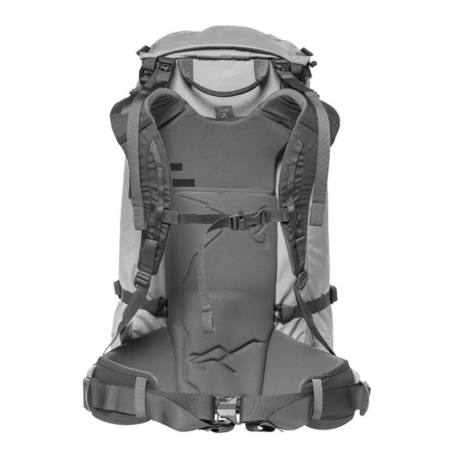
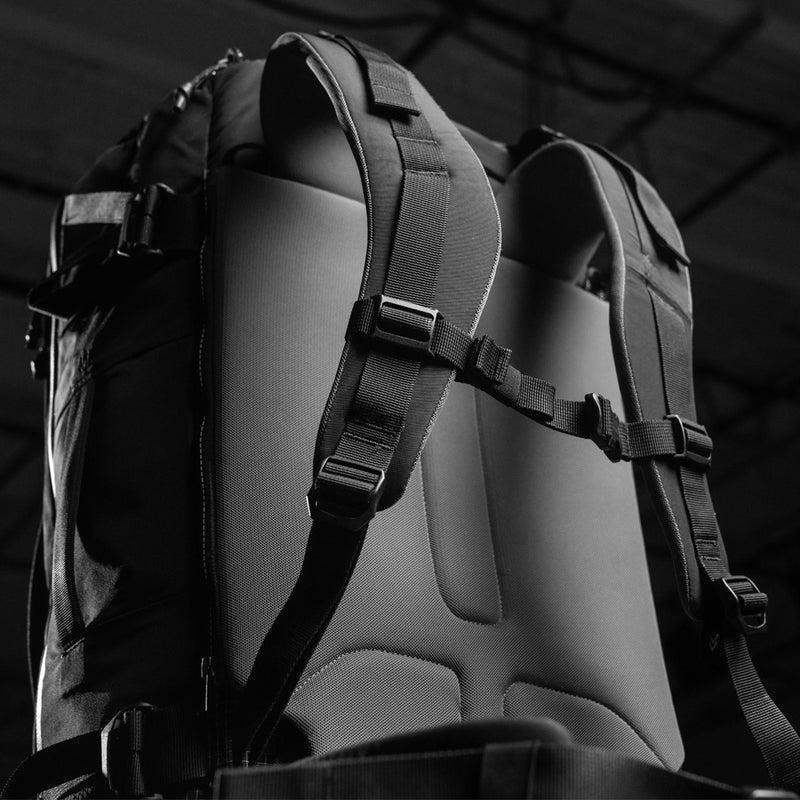
4. Load Stabilizer Straps
The load stabilizer straps on a hiking backpack are often overlooked by beginners. These straps are essential for adjusting the center of gravity and preventing the backpack from pulling you backward. Once properly adjusted, the load stabilizer straps ensure that the overall weight distribution aligns with your body's movement during hiking, enhancing balance and stability throughout your journey.

5. Chest Strap
The chest strap is another important component that many people tend to overlook. While hiking outdoors, some hikers may not fasten the chest strap. However, it plays a crucial role in maintaining stability and balance, especially when encountering uphill slopes that shift the center of gravity backward. Fastening the chest strap helps to secure the backpack in place, preventing sudden shifts in weight distribution and potential accidents while hiking.
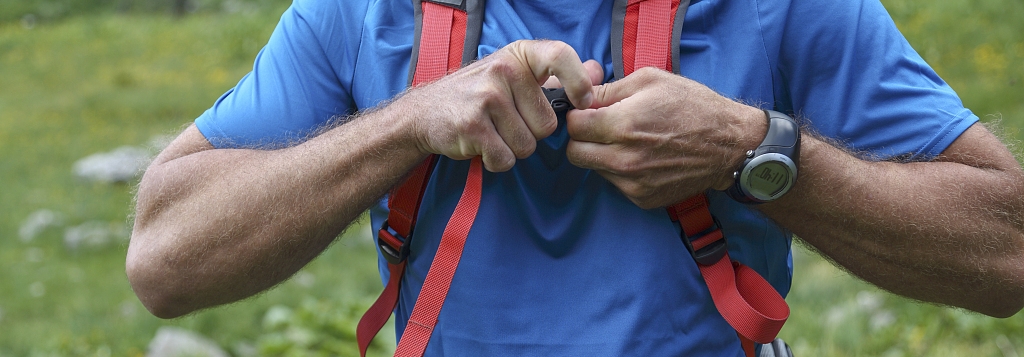
Here are some steps to correctly carry a backpack
1. Adjust the back panel: If the backpack allows, adjust the back panel to fit your body shape before use.
2. Load the backpack: Place some weight inside the backpack to simulate the actual load you'll carry during the hike.
3. Slightly lean forward: Position your body slightly forward and put on the backpack.
4. Fasten the waist belt: Buckle and tighten the waist belt around your hips, ensuring the center of the belt is fixed at your hip bones. The belt should be snug but not too tight.
5. Tighten the shoulder straps: Adjust the shoulder straps to bring the backpack's weight closer to your body, allowing the weight to transfer effectively to your hips. Avoid pulling them too tight.
6. Fasten the chest strap: Buckle and adjust the chest strap to be at the same level as your armpits. It should be tight enough to stabilize the backpack but still allow comfortable breathing.
7. Adjust the center of gravity: Use the center of gravity adjustment strap to fine-tune the backpack's position, ensuring it doesn't press against your head and slightly tilts forward.
Post time: Aug-03-2023

